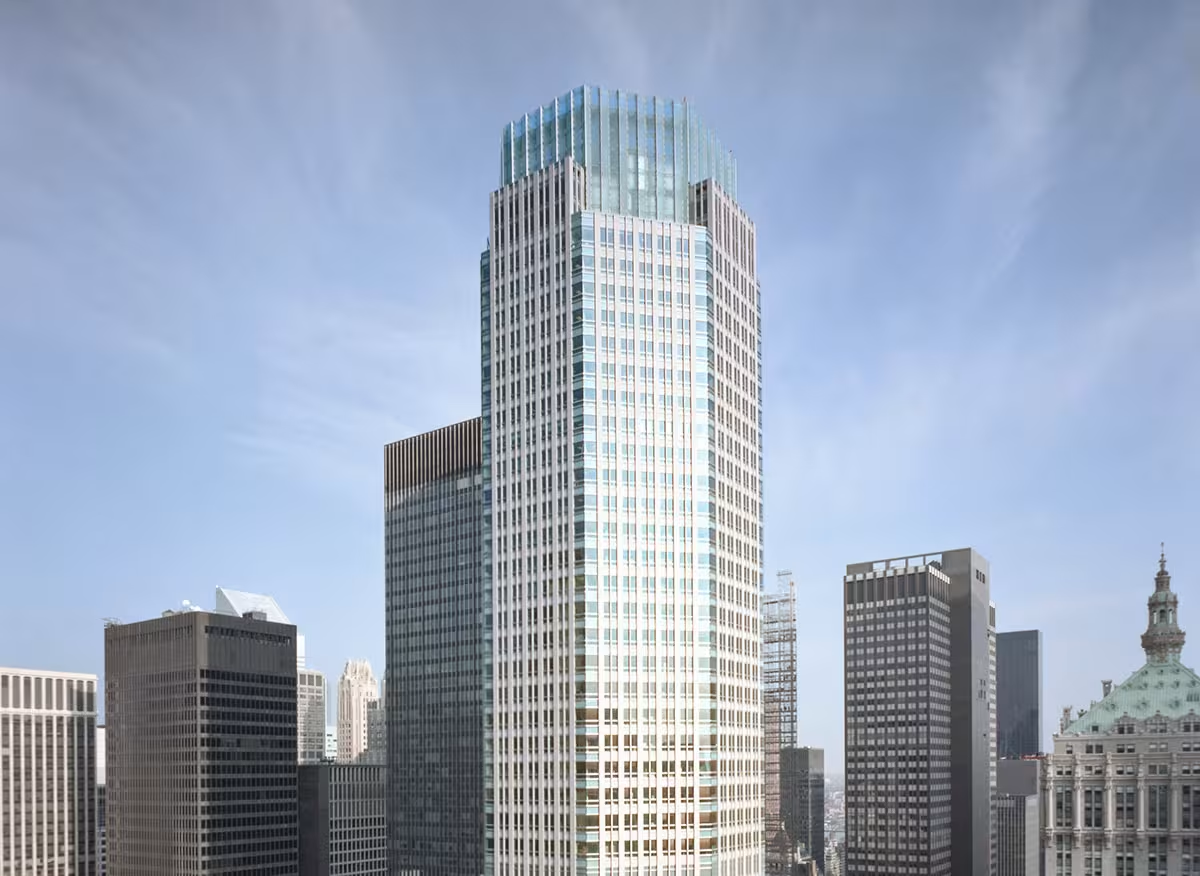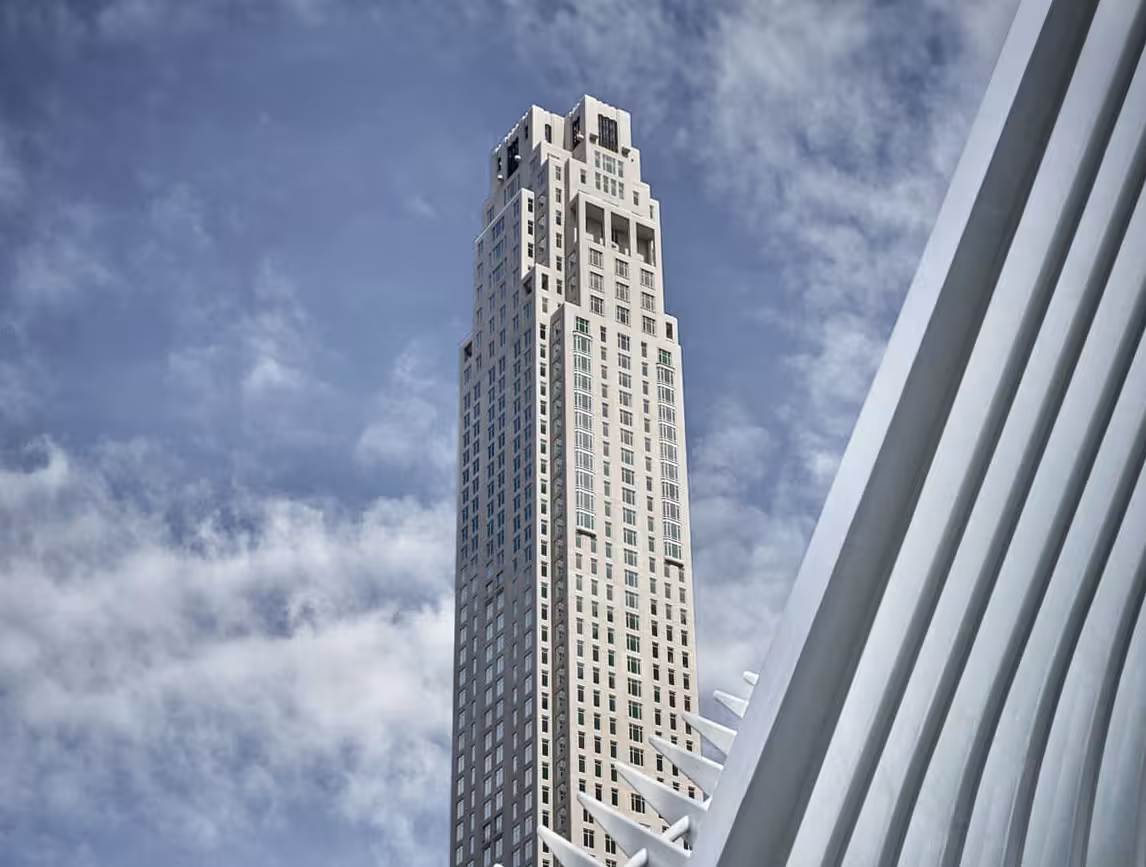383 Madison Avenue Building vs Four Seasons New York Downtown


Comparing the 383 Madison Avenue Building and the Four Seasons New York Downtown is interesting because they both rise in New York, NY, yet they were conceived by two different design teams, Skidmore, Owings & Merrill and Robert A.M. Stern Architects, and were completed at different points in time. They were finished more than a decade apart.
This contrast within the same city allows us to see how different creative minds interpreted the evolving needs of New York across time.
Let's take a closer look!
Height & Size
The Four Seasons New York Downtown is clearly the larger tower of the two, both in terms of height and number of floors. It rises to 925ft (282m) with 82 floors above ground, while the 383 Madison Avenue Building reaches 755ft (230m) with 47 floors above ground.
Of course, each project may have faced different briefs or regulatory constraints, which we don't really know about and could also explain the outcome.
Architectural Style
Both the 383 Madison Avenue Building and the Four Seasons New York Downtown were designed in line with the aesthetic conventions of the Contemporary style.
At the time, this style was at the height of its popularity. So both Skidmore, Owings & Merrill and Robert A.M. Stern Architects followed what was in many ways expected of them, producing designs that fit comfortably within contemporary architectural norms, rather than breaking with convention.
Uses
The Four Seasons New York Downtown follows a mixed-use model, combining residential and hotel. In contrast, the 383 Madison Avenue Building has remained primarily commercial.
The Four Seasons New York Downtown incorporates a 5-star hotel with 189 rooms. More information is available at the official website.
The Four Seasons New York Downtown offers 157 residential units.
Structure & Facade
Both the 383 Madison Avenue Building and the Four Seasons New York Downtown rely on a Frame structural system.
A frame structure uses a grid of columns and beams to carry the building's loads. This frees the walls from structural duties, allowing for flexible floor plans and larger windows.
They also employ the same type of facade, a Modular facade.
A modular facade is made of prefabricated panels, sometimes resembling stone or masonry, combined with smaller windows. It provides variety while maintaining efficiency in installation.
| 383 Madison Avenue Building | Four Seasons New York Downtown | |
|---|---|---|
| Skidmore, Owings & Merrill | Architect | Robert A.M. Stern Architects |
| 1999 | Construction Started | 2013 |
| 2001 | Year Completed | 2016 |
| Contemporary | Architectural Style | Contemporary |
| Commercial | Current Use | Mixed |
| 47 | Floors Above Ground | 82 |
| 230 m | Height (m) | 282 m |
| Frame | Structure Type | Frame |
| Steel | Vertical Structure Material | Concrete |
| Poured Concrete Over Metal Decking | Horizontal Structure Material | Concrete, Steel |
| No | Facade Structural? | No |
| Granite, Glass | Main Facade Material | Limestone, Concrete |
| Turner Construction Company | Main Contractor | Tishman Construction |
| Gerald D Hines Interests | Developer | Silverstein Properties |
| Jaros Baum & Bolles | MEP Engineer | WSP Flack + Kurtz |
| WSP Cantor Seinuk | Structural Engineer | WSP Cantor Seinuk |
| NY | State | NY |
| New York | City | New York |
| 383 Madison Avenue | Address | 30 Park Place |